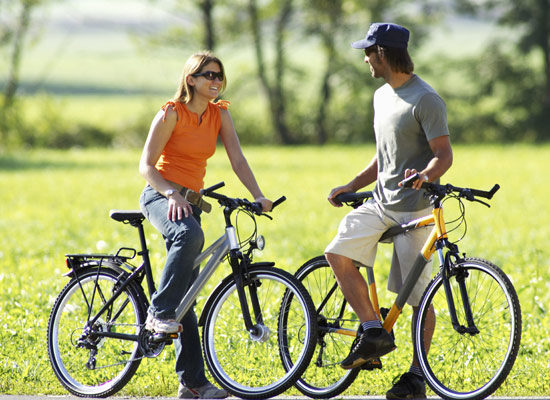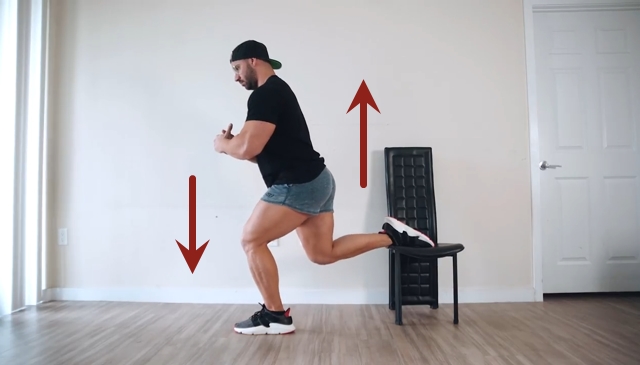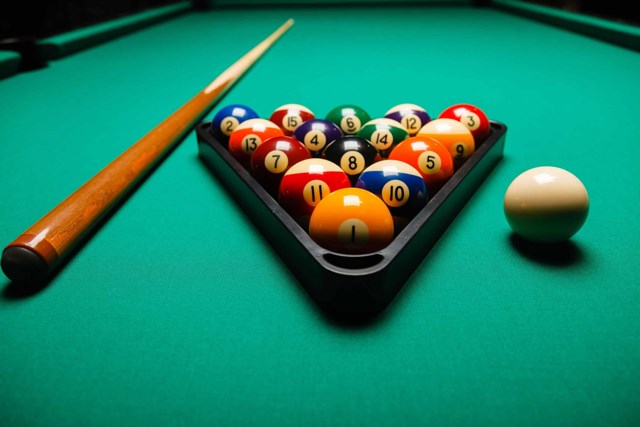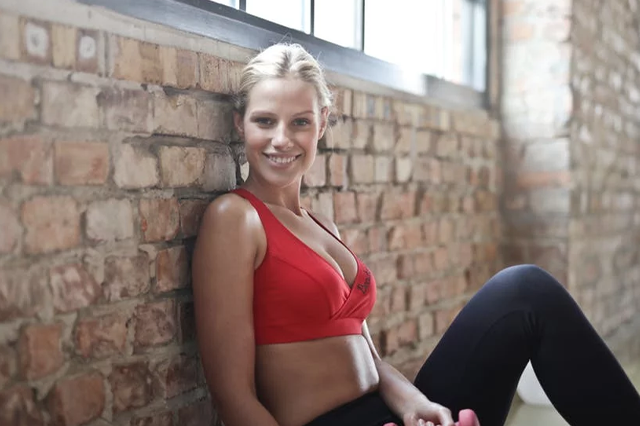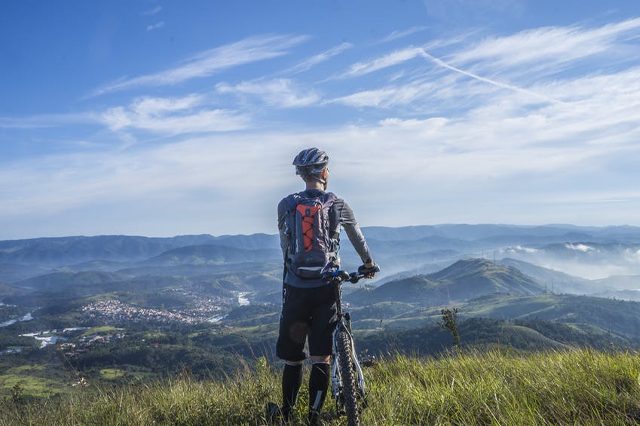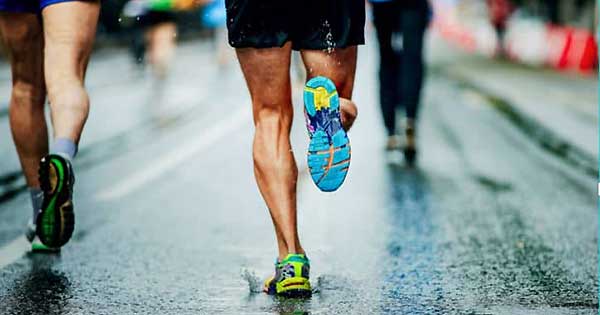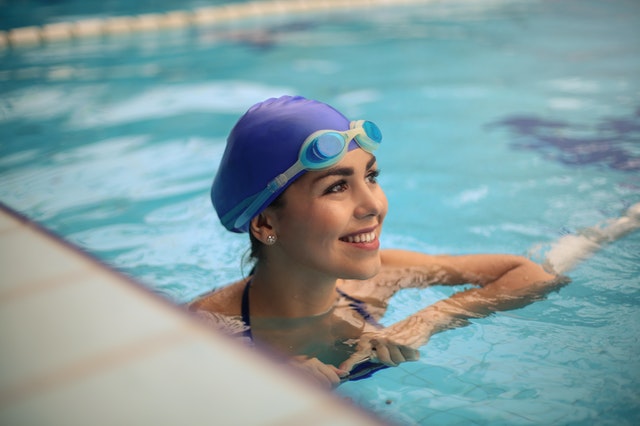Pilates is an excellent exercise to tone your body, improve your flexibility and muscle strength. A large number of people around the world swear by the health benefits of performing Pilates regularly. Not only this, Pilates also helps to increase your performance in all sports and physical activities. Whether you enjoy running, soccer, tennis, or any other sport, including this form of physical activity can improve your performance on the field. These are the 5 most important Pilates moves that can help you run faster.
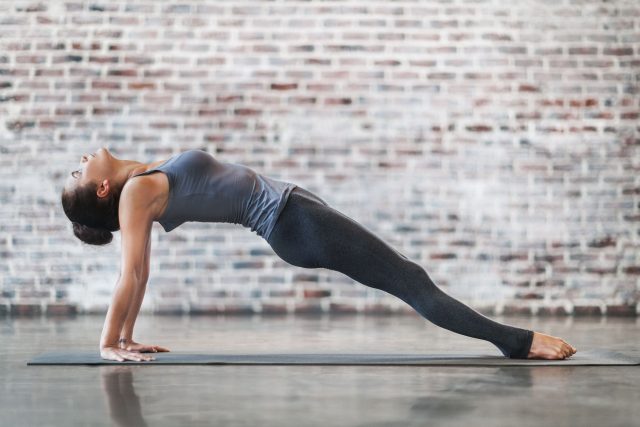
1- Side leg raise
Lie on your right side on the Pilates mat. Your body should be completely straight, make sure to check that your head is neither higher nor lower than your feet. Exhale and pull your abdominal muscles in and gently lift your left leg off your lower leg. Raise your leg as high as you can. But don’t move your pelvis. Pause for a few seconds and bring your leg back. Repeat this 10 to 15 times and then switch sides and do the same movement with the other leg.
2- Leg raise in prone position
Lie comfortably on the floor face down. Place both hands under your forehead with palms facing down. Engaging your abdominal muscle, gently squeeze your core muscles. Keeping your knees straight, slowly lift your left leg off the ground. Hold your leg in the air for 5 seconds, then slowly bring it back to the floor. Don’t twist your back or pelvis as you lift your leg and keep breathing. Repeat the same movement with the other leg.
3- March Bridge
Lie comfortably on your back with your feet slightly apart and your knees bent. Your arms should rest by your side. Drive your heels toward the ground and lift your pelvis to bring your knees, pelvis, and shoulders into a straight line (bridge pose). Now, keeping this posture, raise your right knee towards your chest (raise it as high as you can). Then lower it slowly and repeat the same with the other leg. Don’t let your pelvis sag as you raise and lower your knees. Repeat this exercise 10 to 15 times.
4- Shoulder bridge with kicks
Lie on your back with your knees bent and feet hip-width apart. Tighten your core muscles, press your heels into the ground, and lift your pelvis and hips off the ground to bring your knees, hips, and shoulders into a straight line (bridge pose). Now lift your left foot off the floor and extend your leg at a 45-degree angle and then move it up as far as you can. Don’t bend your knees as you do this. Pause for 2-3 seconds, exhale, and gently lower your leg to place your foot on the ground. Lower your hips back to the floor to maintain body stability. Repeat the same with the other leg.
5- Opposition range
To start, get on all four knees: your hands should be in line with your shoulders and your knees in line with your hips. Stretch your left arm out in front of you and your right leg out behind you. As you do this, keep your pelvis and torso still and your spine neutral. Exhale and engage your abdominal muscles to bring your leg and arm back to the starting position. Repeat the same with the other leg and hand.
Some myths that you must overcome before doing Pilates
Getting fit and exercising is a very broad topic; It can be very confusing and overwhelming to sort out the good from the bad and somewhat prevent you from reaping the true benefits of a workout. We have all been victims of these lies and myths. What we don’t realize, however, is that eliminating these little misconceptions can make us stronger, smarter, and not to forget, fitter in no time. Here are some of them:
You’re too old to do Pilates
Many people give up exercising after a certain age, believing that their bodies aren’t “capable” enough to lift weights or put themselves under pressure. This is absolutely false. Rather, exercise can reverse many lifestyle problems, slow aging, or improve the health of older adults with chronic health conditions. If you’re worried about hurting yourself, remember that there are exercise regimens and training programs suitable for all ages that can benefit your body. So when it comes to exercise, age is again just a number.
You can’t do Pilates if you’re not well
Most of us think that when we’re “sick,” we’re too sick to exercise or move. According to experts, this is partially false. Yes, your body may be tired or exhausted, but that doesn’t mean you can’t be physically active. Exercise can also make you recover faster. While you should absolutely refrain from overdoing it, you can try experimenting with your regimen, relaxing and exercising at the same time. Don’t push yourself, but don’t take a break completely.
You need to do Pilates for a minimum of one hour
Again, if you’ve been thinking that doing an hour of exercise every day will, without fail, pay off, think again. It is not always necessary to do so. In fact, studies have shown that cutting back on your exercise and the time you spend doing it can actually make or break you.
For starters, a study from a Canadian-based university found that one minute of interval training guarantees about the same benefits to your body as a rigorous 45-minute jog session. Even engaging in regular household chores or taking advantage of activities that require you to be physically active can be used as an exercise regimen and may ultimately benefit you as well.
On your feet all day? Does not count as exercise
We all probably spend our days moving around and being physically active, but we dismiss standing as exercise, thinking it’s no use. This is a myth that you must eliminate. While it may not actually help you burn the same number of calories as an intensive regimen, all of these steps actually allow you to improve your long-term physical well-being, which means you’ll be in a better position to exercise or Pilates than those who lead a more sedentary lifestyle.
Pain and gain go hand in hand
Exercises and training routines have to be incredibly hard and painful, right? Some people are actually afraid of exercising, thinking of the pain that follows an intense workout. If you believe in this philosophy, you are simply ignoring the other positive benefits exercise has to offer and setting yourself up for unhealthy expectations. As long as you exercise the right way, on a moderate to intense basis, you won’t always prepare yourself to experience the not-so-pleasant effects of exercise.
From your personal experience: What do you think about doing Pilates and these myths that stop many from starting to exercise? Leave us a comment to discuss the topic.
